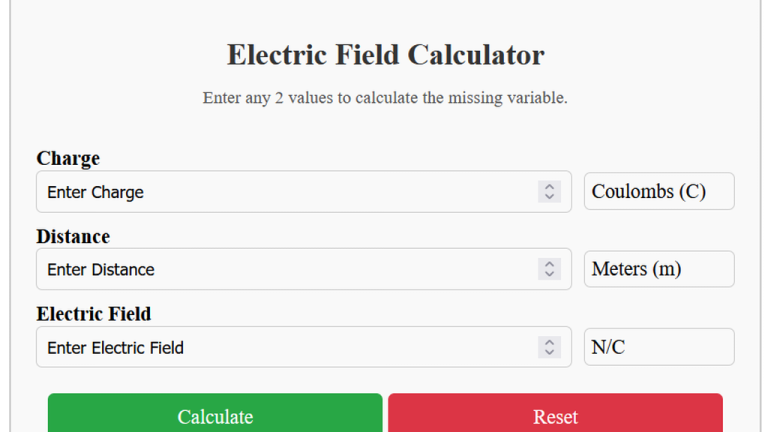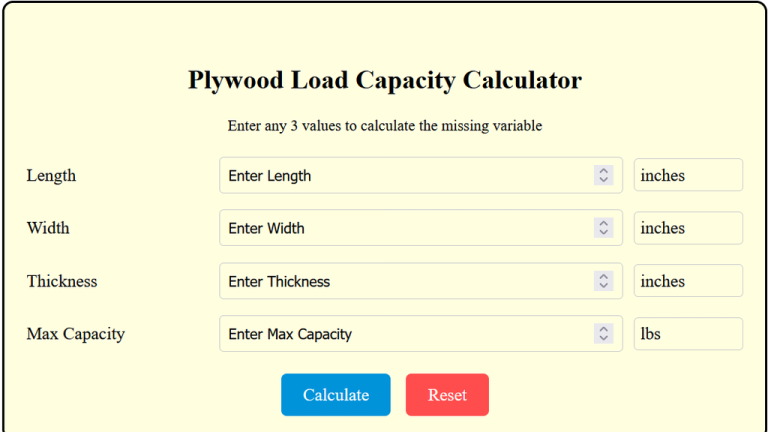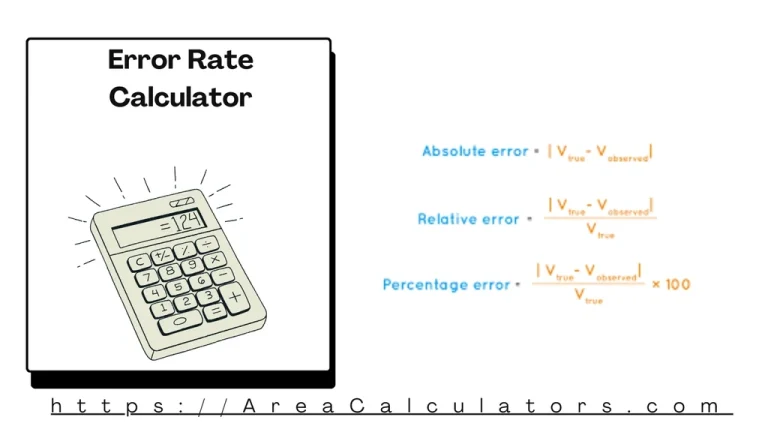Error Bound Calculator (Simpsons Rule)
To calculate the error bound using Simpson’s Rule, evaluate the maximum value of the fourth derivative of the function and apply it to the error formula for precise estimation.
The Error Bound Calculator (Simpson’s Rule) helps estimate the error in numerical integration using Simpson’s Rule. It is an essential tool in numerical methods, providing accuracy assurance when approximating definite integrals.
By evaluating the maximum value of the fourth derivative of the integrand and other parameters, this calculator gives a reliable error bound. This tool is particularly useful for students, engineers, and mathematicians who deal with numerical approximations regularly.
Formula
| Variable | Description |
|---|---|
| n | Minimum number of subintervals |
| a, b | Lower and upper limits of the integral |
| M | Maximum value of the fourth derivative of |
| ε | Tolerable error |
Solved Calculations
Example 1:
Find the minimum number of subintervals () for integrating on with and an error tolerance of 0.001.
| Step | Calculation | Result |
|---|---|---|
| Limits () | ||
| Maximum Derivative () | ||
| Tolerance () | ||
| Apply Formula |
Example 2:
Calculate for , , and error tolerance .
| Step | Calculation | Result |
|---|---|---|
| Limits () | ||
| Maximum Derivative () | ||
| Tolerance () | ||
| Apply Formula |
What is the Error Bound Calculator (Simpson’s Rule)?
The Error Bound Calculator (Simpson’s Rule) is a specialized tool. You can simply use it in numerical analysis to estimate the error bound for approximations made using Simpson’s Rule. This method is commonly applied in calculus for approximating definite integrals, and the error bound provides insight into the accuracy of the approximation.
The calculator applies the Simpson’s Rule error formula, which depends on the fourth derivative of the function, the interval width, and the number of subintervals.
This tool is particularly helpful for solving problems like “How to calculate the error bound for Simpson’s Rule?” or “What is the error estimate for the composite Simpson’s Rule?” It supports variations such as Simpson’s 1/3 rule and Simpson’s 3/8 rule. Additionally, it simplifies complex computations, making it ideal for students, educators, and professionals in mathematics or engineering.
Final Words:
To conclude, the Error Bound Calculator (Simpson’s Rule) is an invaluable resource for improving the accuracy of integral approximations. It streamlines error estimations, ensuring precision in numerical methods for academic and practical applications.



